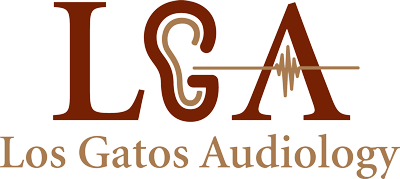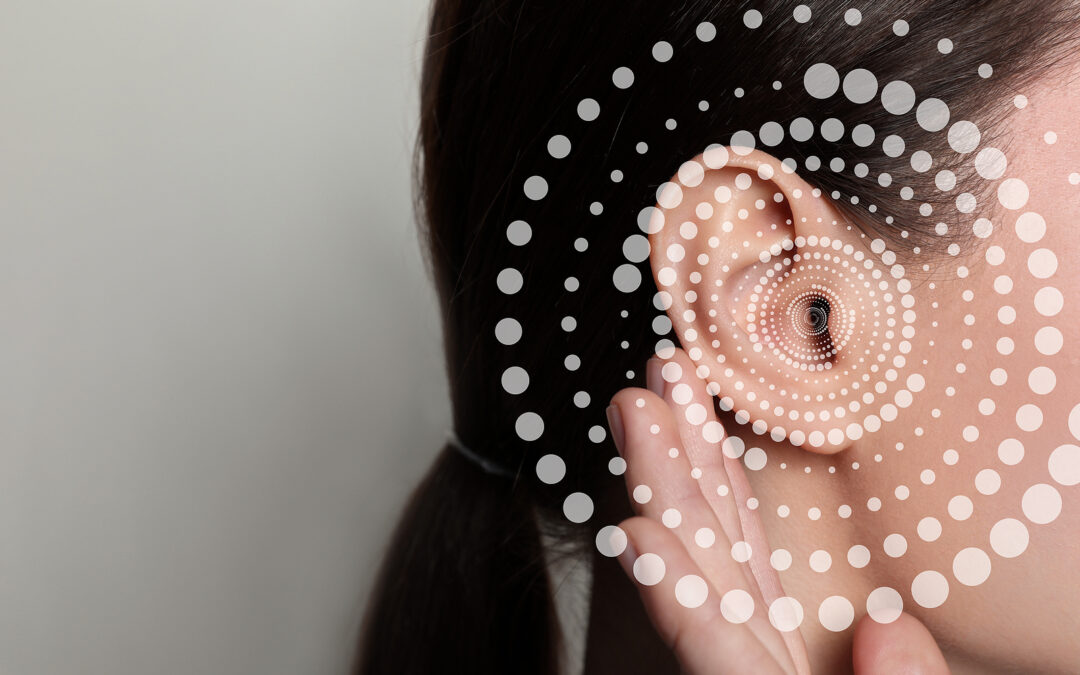Hearing loss is one of the most common health conditions people experience today. Nearly 1 in 6 people have some degree of impaired hearing in the United States. Hearing loss is expected to impact more and more people over the next few decades. Fortunately, there are effective treatment solutions that maximize hearing capacity. Hearing loss has existed for quite some time and in recent history, we’ve experienced significant innovations. There is a wide range of hearing technologies that people can access to comprehensively support their hearing health. Understanding a brief history of hearing loss illuminates how far knowledge and treatment of hearing loss has come.
Early Evidence of Hearing Loss
Hearing loss has existed for quite some time. In fact, the earliest recordings that indicate the presence of hearing loss can be traced back to over 10,000 years ago. Researchers identified exostoses while studying ancient skeletal remains in the Middle East. Exostoses are small growths on the bones in the ear canal which contribute to conductive hearing loss, a type of hearing loss that describes obstruction which prevents sound from being fully absorbed and processed. These obstructions prevent soundwaves from reaching the inner ear where they are further processed before going to the brain. In addition to this evidence, early recordings of hearing loss include:
- Ancient Egypt: The Ebers Papyrus is often cited as the first known recording of hearing loss. This medical text outlines various treatments that were used to alleviate common health issues during that time. The Ebers Papyrus, dated to 1550 BC in Ancient Egypt, includes remedies to treat “ears that hear badly”. This treatment describes putting different substances in the ears to alleviate pain and hearing challenges. This includes things like olive oil, ant eggs, and even goat urine which are to be injected into the affected ear. Experts believe that this remedy could have been used to address hearing issues or to loosen up earwax which obstructs sound from being absorbed.
- Greece: dating back to 10th century Greece, there are writings that reference hearing loss. This includes writings from philosophers like Plato and Aristotle whose references highlight the problematic associations made with people who had hearing challenges. Both philosophers expressed the opinion that intelligence and ability to reason is tied to one’s ability to speak. This suggests that a person who is deaf or experiences hearing as well as communication challenges are intellectually inferior. Additionally, Plato wrote that sign language is used by “dumb [mute] people”. This reveals ableist thinking towards people with hearing and communication challenges.
- France: In addition to Plato’s reference of sign language, more evidence of the development of sign language can be traced back to 10th century France. A group of monks in Burgundy, created a language to be able to communicate during their vows of silence. Awareness of this nonverbal language reached monasteries throughout Europe which inspired and informed the development of sign language as well as the first school for the deaf, established in the mid 16th century.
These early writings that reference hearing loss highlight the existence of hearing challenges centuries ago. The development of a school for people who were deaf also led to the development of hearing instruments.
The Evolution of Hearing Aids
The evolution of hearing aids dates back to the 17th century. Among the first types of hearing devices that were used to support hearing were ear trumpets. These were made from animal horns and sheet iron and created a funnel to support sound flowing into the ears. Eventually, the invention of the telephone in 1876 provided the technology utilized to develop the first amplified hearing aids in 1889.
Then, the development of vacuum tube technology allowed hearing aids to be portable which happened by 1920. The evolution of technology during WWII also offered technology that was used to improve hearing aids. By the 1980s, the development of microprocessors allowed hearing aids to do more. And by the 1990s, digital technology was introduced to the world, adancanign hearing aids. Today’s hearing aids are even more innovative, sleek, and powerful than ever before.
Hearing loss has a long history filled with various treatments and technologies used to support hearing health. Contact us today to learn more about today’s hearing technologies and solutions.


